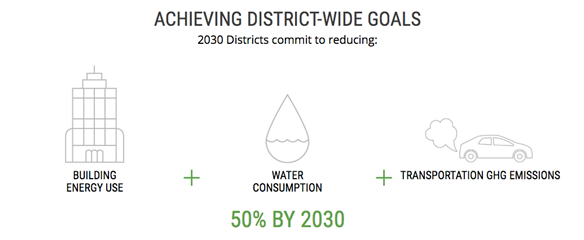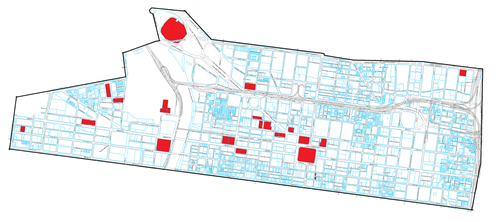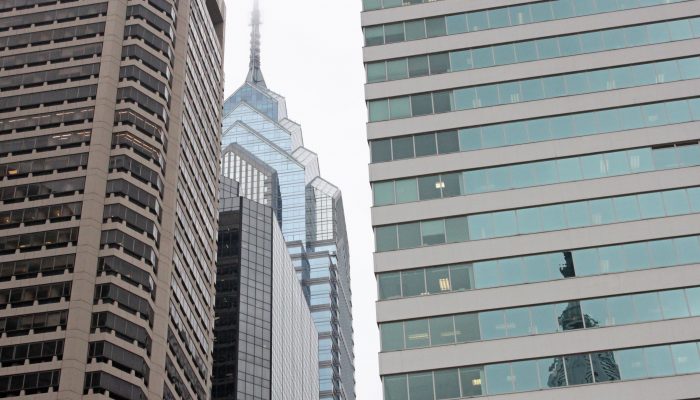Earlier today, Philadelphia Mayor Jim Kenney joined the Delaware Valley Green Building Council (DVGBC), the Office of Sustainability (OOS), and Philadelphia Energy Authority (PEA) to announce the launch of the Philadelphia 2030 District, an initiative that unites communities around addressing the built environment’s role in climate change.
The 2030 District is a public-private partnership that brings together property owners and managers, utilities and energy service companies, and community organizations to pledge to achieve a 50 percent reduction in energy and water usage and transportation emissions by the year 2030.
“As Philadelphians, we recognize that our city is world class, and we are committed to implementing sustainable building practices that will provide a better quality of life for all of our citizens,” said Mayor Kenney. “The launch of the Philadelphia 2030 District strongly aligns with the City’s Greenworks initiative and will encourage the community to mitigate our impact on climate change, while allowing Philadelphia to serve as a national example of the importance of reducing a city’s environmental impact.”

This announcement falls in line with recent City initiatives. Today, City Energy Manager, Adam Agalloco, proudly announced the first city-owned building to receive ENERGY STAR® certification, the One Parkway Building. Last month, we released the City’s first Municipal Energy Master Plan, setting four new goals to help meet the City’s Greenworks energy and climate visions. In November, we will be releasing a public draft of Powering our Future: A Clean Energy Vision for Philadelphia, a roadmap of how the City, residents, businesses, and more can work to reach our climate goals – Philadelphia 2030 District being an important part of that strategy. And later, we will be updating the Building Benchmarking Data Tool, a visual dataset that keeps Philadelphia’s building’s energy use transparent.
In Philadelphia, about 80 percent of carbon emissions are produced by the built environment. To help building owners and managers in Philadelphia better understand their energy and water usage, City Council passed a law in 2012 requiring non-residential buildings (50,000 square feet or larger) to benchmark their facilities and annually disclose a subset of data. In 2015, the law was amended to include residential buildings, which now cover 30 percent of all citywide building square footage, making the public-private partnership of the 2030 District an important next step.
The Philadelphia 2030 District will be led by DVGBC, supporting some of the city’s largest property owners and managers in voluntary efforts to reduce their environmental impacts and reduce costs.
“Now more than ever, it’s important for cities to join the national initiative to create healthier, more sustainable buildings,” said Alex Dews, Executive Director of Delaware Valley Green Building Council. “The 2030 District will do just this by introducing more efficient and sustainable building practices into the Greater Philadelphia region while focusing on both energy and water conservation. We believe the launch of this initiative will encourage local leadership to reevaluate their impact on climate change and take the necessary steps to make a measurable difference.”

Approximately 15 million square feet of building space, including the City of Philadelphia, SEPTA, Brandywine Realty Trust and Drexel University have joined Philadelphia 2030 District, where large property owners and managers gain access to a network of peers to share strategies and best practices, tools, and resources to help assess, track and improve energy performance, water usage and reduce transportation emissions. Philadelphia 2030 District is part of a network of over 17 District cities throughout the US and Canada. To find out more about Philadelphia 2030 District visit the 2030 Districts website.

